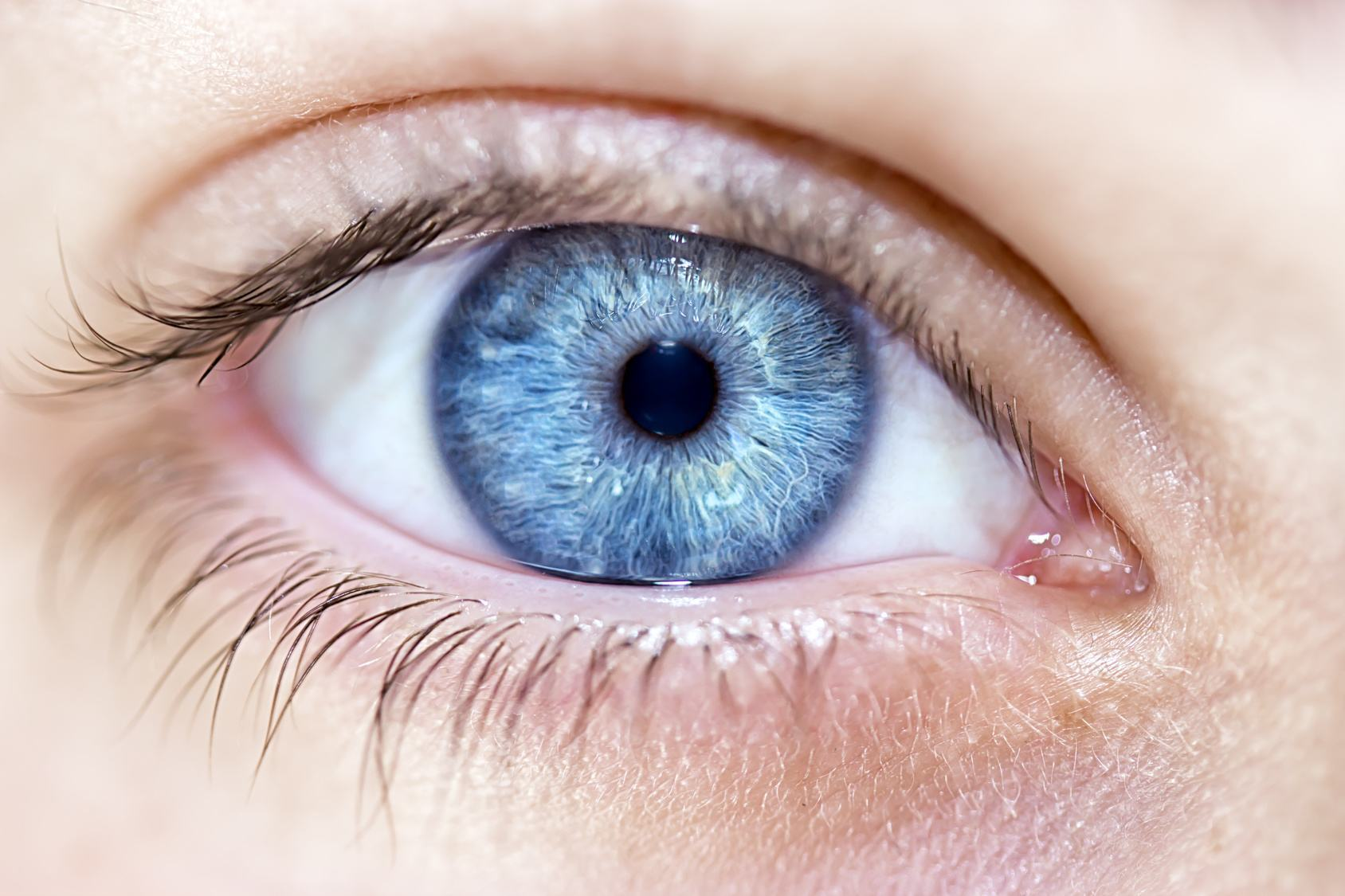
Many bacteria live on the surface of the eye
You may be familiar with the idea that your gut and skin are home to a collection of microbes — fungi, bacteria and viruses — that are vital for keeping you healthy. But did you know that your eyes also host a unique menagerie of microbes? Together, they're called the eye microbiome (the collection of microorganisms living in or on the human body). When these microbes are out of balance — too many or too few of certain types — eye diseases may emerge.
With a recent study showing bacteria live on the surface of the eye and stimulate protective immunity.
Recently have scientists concluded that the eye does, indeed, harbor a "core" microbiome that appears dependent on age, geographic region, ethnicity, contact lens wear and state of disease. The "core" is limited to four genera of bacteria Staphylococci, Diphtheroids, Propionibacteria and Streptococci.
In addition to these bacteria, torque teno virus, implicated in some intraocular diseases, also counts as a member of the core microbiome as it is present on the surface of the eye of 65% of healthy individuals.
This suggests that doctors should think more deeply about the risks and benefits to the microbiome when prescribing antibiotics. The antibiotics may kill bacteria that are providing a benefit to the eye.
In a recent study spanning more than a decade and including more than over 340,000 patients in the U.S., the authors found that antibiotics were used to treat 60% of acute conjunctivitis (pink eye) cases. But viral infections are the most likely causes of pink eye, and not treatable with antibiotics. More striking, even cases caused by bacteria often resolve in 7-10 days without intervention. It is well known that excessive or inappropriate antibiotic use can disrupt the microbiome, leading to infection, autoimmunity and even cancer.
In 2016, we found a resident bacterium, Corynebacterium mastitidis (C. mast), that stimulates immune cells to produce and release antimicrobial factors that kill harmful microbes into the tears.
In this developing field, there is still much to learn before physicians can begin manipulating the ocular microbiome to fight disease. But one day perhaps rather than just squirting eye drops into your dry eyes, you'll squirt in a solution with some bacteria that will colonize your eye and secrete the lubricants and other factors your body is missing.
 English
English Arabic
Arabic


